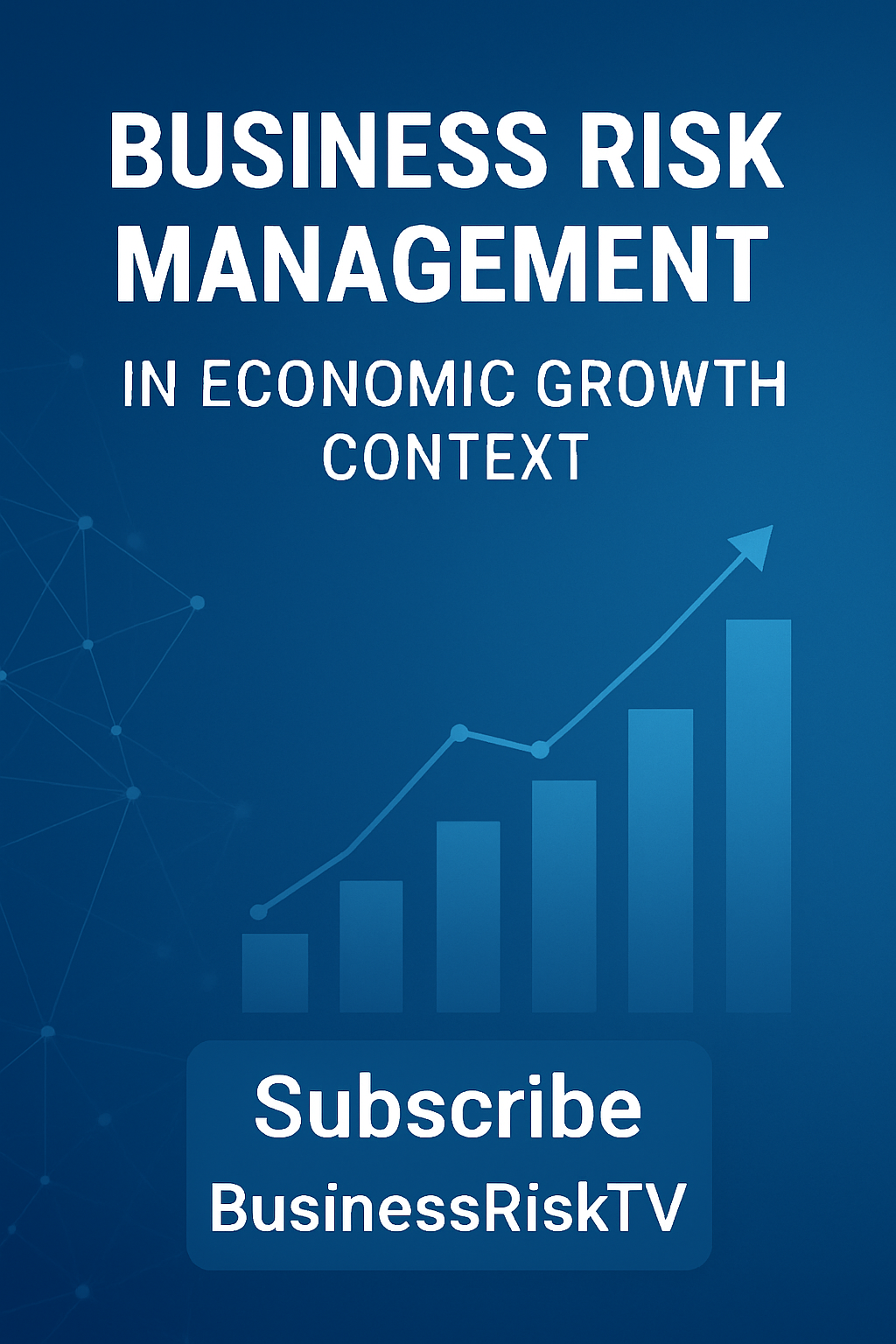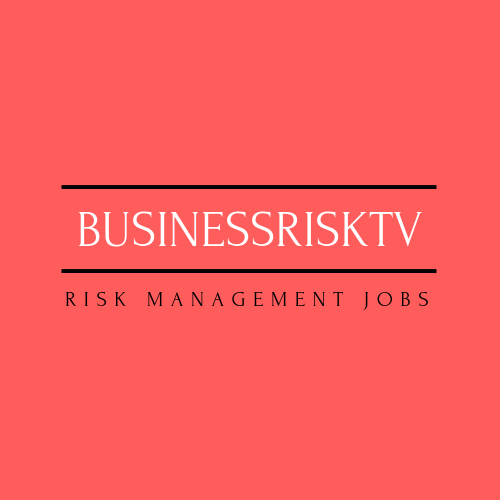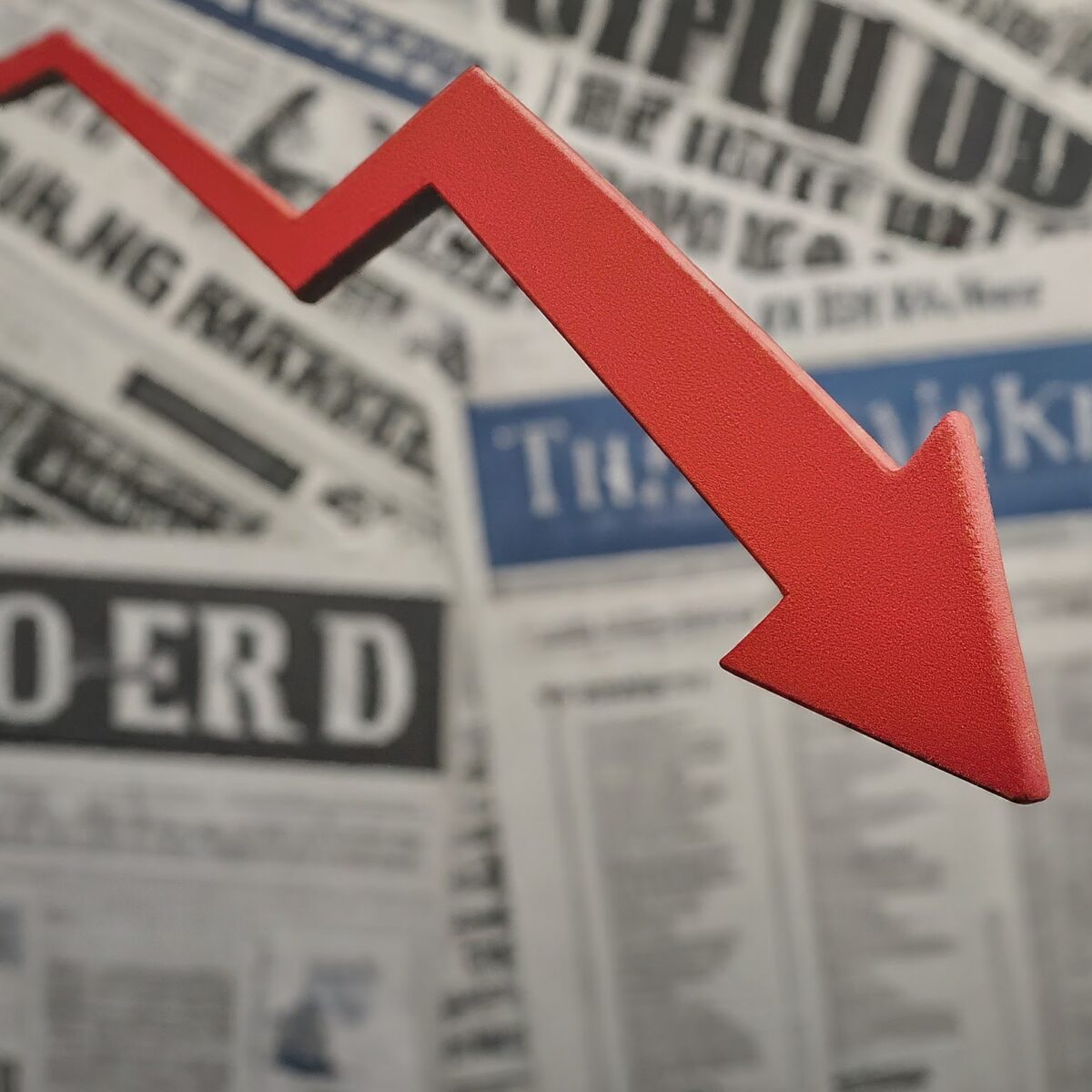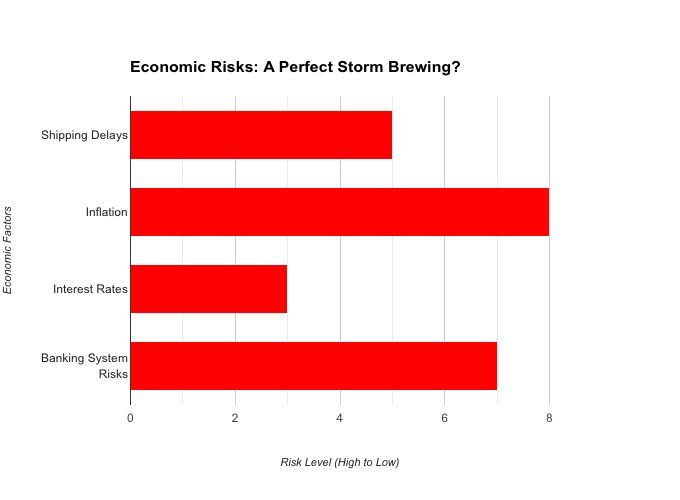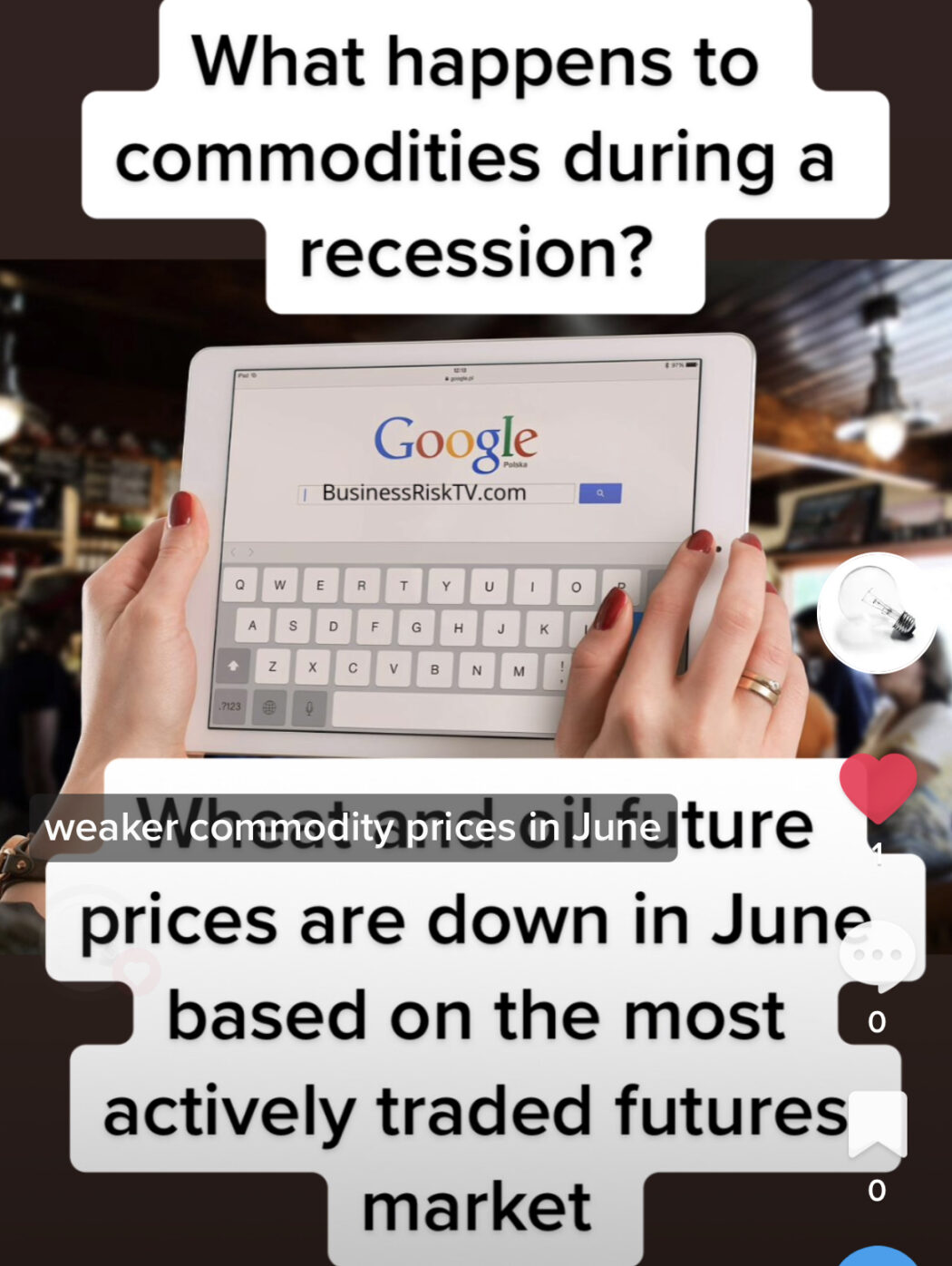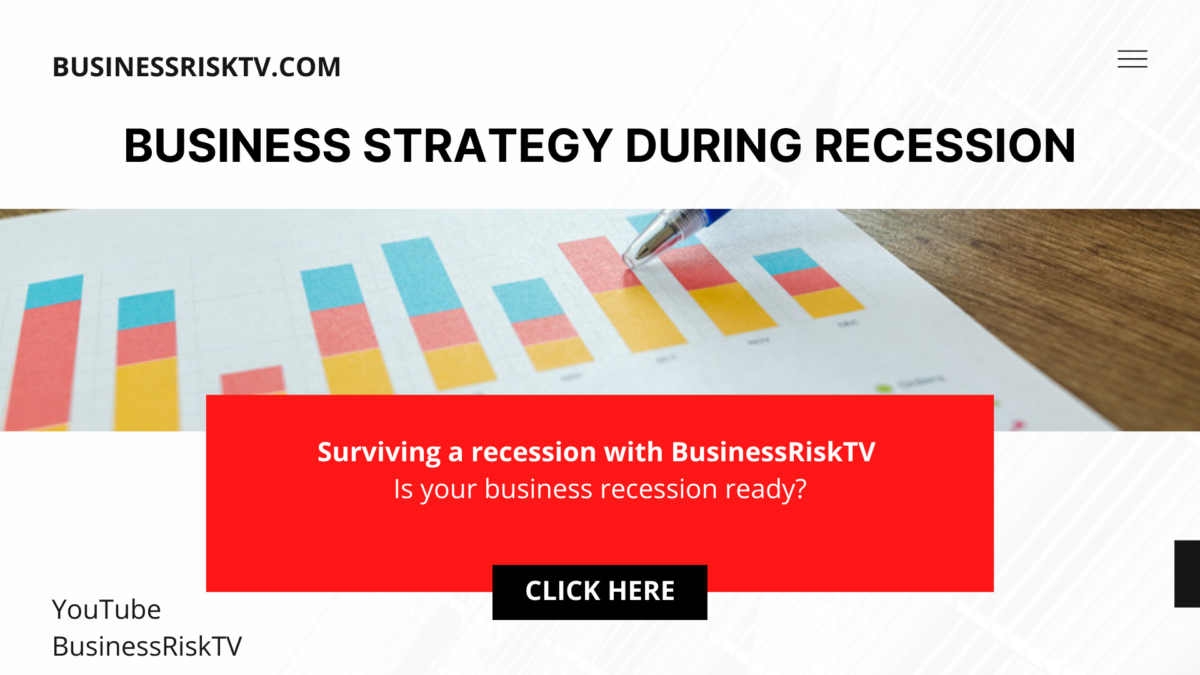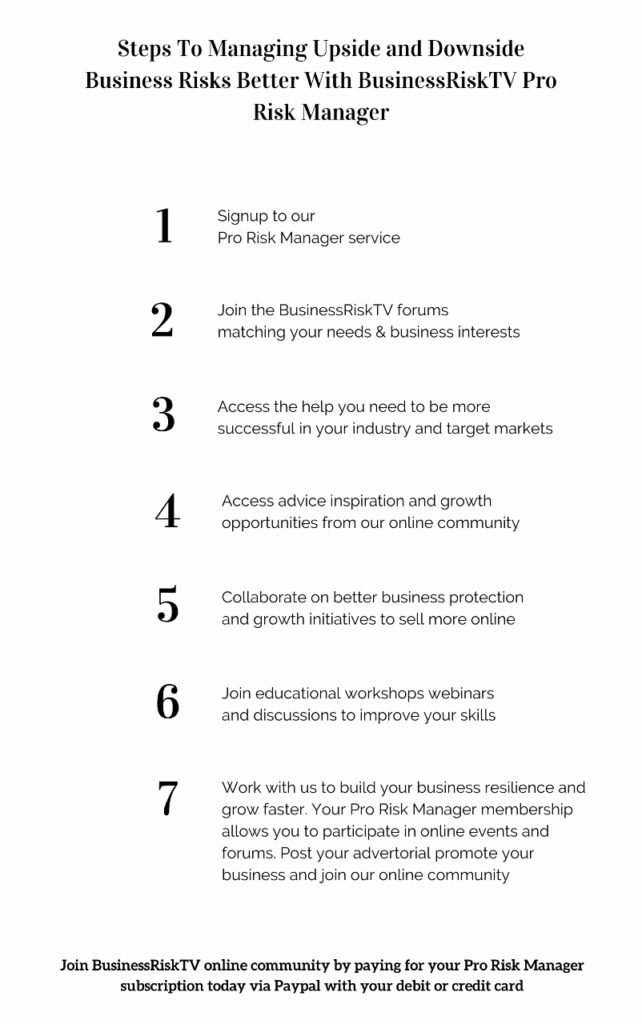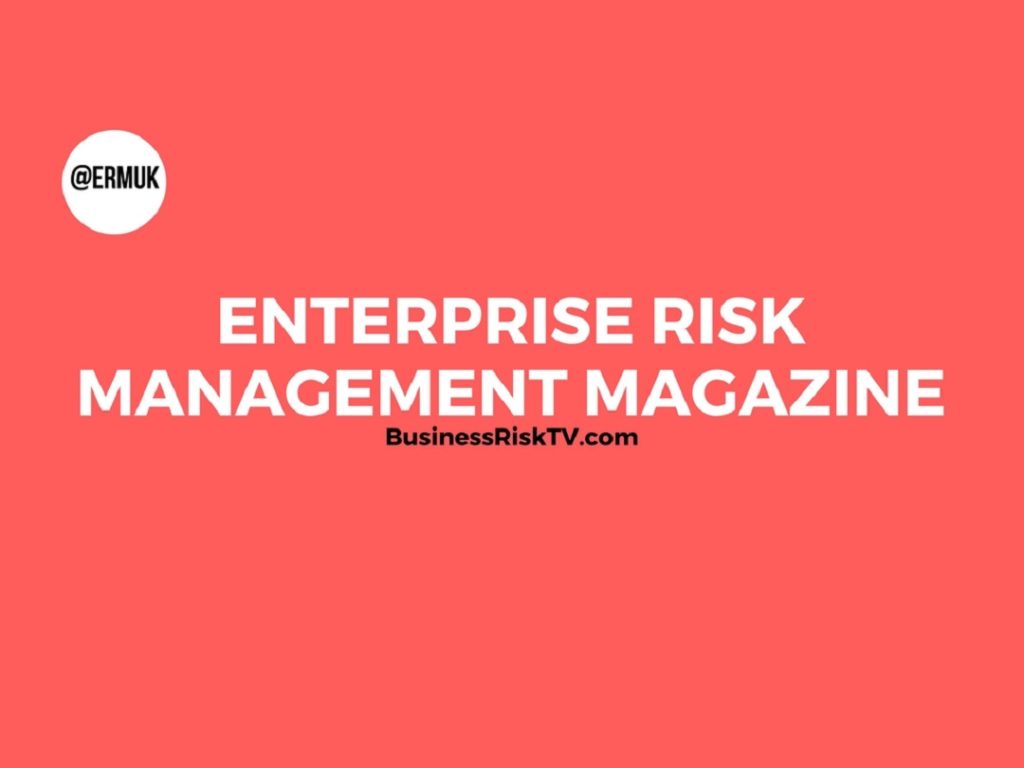Bill Gates on Climate and Poverty: 6 Business Risk Management Strategies for a New Priority
In a significant shift of perspective, Bill Gates is advocating for a “strategic pivot” in global priorities, urging leaders to balance climate goals with immediate human welfare needs like poverty and disease . He argues that a “doomsday view” of climate change is diverting resources from the most cost-effective ways to improve lives and build resilience in the world’s poorest countries . For business leaders, this evolution in the climate debate introduces a new layer of strategic risk. It signals a more complex operating environment where a singular focus on emissions reduction may need to be integrated with a renewed emphasis on economic development and poverty alleviation . Companies must now re-evaluate their risk management frameworks to navigate a potential fragmentation of global regulations and align their strategies with a growing focus on holistic human welfare to ensure long-term resilience and legitimacy.
Navigating the Shift: From Climate-Centric to Integrated Risk Management
Bill Gates’s recent comments advocating for economic growth, even with a temporary reliance on gas, as a form of adaptation and poverty risk management, signal a critical evolution in the global dialogue. He argues for a refocusing from purely climate change risk measures towards a more balanced approach that includes poverty risk management. For business leaders, this is not a call to abandon sustainability, but a imperative to adopt a more nuanced, integrated, and agile risk management framework that balances environmental, economic, and social priorities.
Why This is Crucial for Business Leaders
This shift in perspective is vital for business leaders for several key reasons:
- Evolving Policy and Investment Landscapes: Government policies and development funding in emerging economies may increasingly prioritise energy access, job creation, and economic development. Companies aligned solely with a strict decarbonisation agenda may find themselves misaligned with the growth strategies of these key markets.
- Reputational and Social License to Operate: In regions where poverty is the immediate crisis, a company’s social license to operate will depend increasingly on its contribution to local economic development, not just its global environmental credentials. Ignoring the “poverty risk” can become a direct business risk.
- Supply Chain and Operational Resilience: A focus on economic growth in developing nations could alter the cost and stability of supply chains. It presents opportunities for new manufacturing hubs but also risks like inflationary pressures and increased competition for resources.
- Strategic Agility: The “one-size-fits-all” global climate strategy becomes obsolete. Leaders must now develop region-specific strategies that can navigate a potentially fragmented regulatory world where some countries double down on climate rules while others prioritise growth with fossil fuels.
In essence, the core business risk is failing to adapt to a world where economic resilience and human welfare are increasingly seen as inseparable from—and sometimes a prerequisite for—long-term environmental sustainability.
6 Integrated Risk Management Strategies to Adopt
In light of this new paradigm, business leaders should integrate the following strategies into their risk management and strategic planning.
1. Implement Integrated Scenario Planning
Move beyond climate-only scenarios. Develop and stress-test business models against a set of integrated scenarios that simultaneously consider variables like regional economic growth, energy policy shifts, poverty rates, and geopolitical stability alongside climate projections. This will reveal how a focus on poverty reduction in certain markets could create both vulnerabilities and opportunities for your operations.
2. Diversify Energy and Supply Chain Portfolios for Resilience
Acknowledge the potential for a prolonged transition where natural gas plays a key role in economic development. Ensure your energy portfolio is resilient and can adapt to regional differences. Simultaneously, build supply chain resilience by diversifying sources and exploring “friendshoring” to mitigate the risks of a more fragmented global trade environment driven by differing national priorities.
3. Develop Data-Driven Social Impact Metrics
To authentically engage with the “poverty risk management” theme, companies must measure their impact. Develop and monitor Key Risk Indicators (KRIs) and performance metrics related to economic development. This includes tracking job creation within your supply chains, local community investment, and the affordability of your products or services in developing markets.
4. Accelerate AI Adoption for Operational Excellence
In a world of finite resources, efficiency is paramount. aggressively leverage AI and generative AI to optimise logistics, predict maintenance, reduce energy consumption, and streamline administrative tasks. The resulting cost savings and productivity gains free up capital that can be strategically reinvested into both growth initiatives and social impact programs, creating a virtuous cycle.
5. Cultivate Regulatory Agility and Adaptive Governance
The global regulatory environment will become more complex and less uniform. Establish a robust, continuous regulatory monitoring function. Empower your leadership with flexible governance structures that can quickly adapt compliance strategies, capital allocation, and market approaches to different regional realities, whether a region is easing rules for growth or tightening them for climate goals.
6. Apply a Dual Lens to Long-Term Capital Allocation
When evaluating major investments and projects, assess them through two parallel lenses: their environmental footprint and their contribution to economic development. This means weighing a project’s potential for job creation, technology transfer, and improving energy access alongside its carbon emissions. This dual lens will identify strategic opportunities that are both financially sound and socially aligned in the new context.
Putting the Strategy into Practice
Successfully implementing these strategies requires a shift in governance. Foster cross-functional ownership of risk, involving senior leadership, finance, operations, HR, and legal teams in developing these integrated plans. Most importantly, treat this as a continuous process of review and adaptation, not a one-time exercise, to stay ahead in a rapidly evolving global landscape.
By adopting this integrated approach, business leaders can effectively navigate the complex interplay between climate change and poverty, turning new risks into strategic advantages and building more resilient, adaptable, and responsible enterprises.
How is your business balancing climate and social risk management?
Get help to protect and grow your business faster with BusinessRiskTV
Find out more about growing your business faster with BusinessRiskTV
Subscribe for free business risk management ideas risk reviews and cost reduction tips
Connect with us for free business risk management tips
Contact Us To Subscribe BusinessRiskTV – Reach Global Decision Makers
Read more business risk management articles and view videos for free
Connect with us for free alerts to new business risk management articles and videos
Enterprise Risk Management Magazine BusinessRiskTV ERM Magazine
Bill Gates Climate Poverty Business Risk Management
